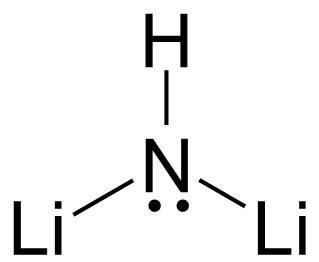Lithium Mining: The Economics of the Future

The recent discovery of a “world-class” lithium deposit in Newry, Maine, has sparked off a contentious debate over the environmental and economic future of the State. In response to this revelation, a recent bill was proposed to change Maine regulations to allow for unlimited mining for metals of any size, with up to 100 acres per individual location. However, the bill would retain Maine’s regulations requiring developers to prove that there will be no acid mine drainage or harm to water before any mining begins. Currently, Maine only permits open pit metal mining in 3 acre sections.
Geologists believe the lithium deposit has a value of over $1 billion dollars, presenting Maine with an economic opportunity. The lithium crystals appear to be of very high quality, far surpassing the quality necessary for batteries. Furthermore, the change in regulations will affect the harvesting of other metals considered crucial for the transition to green energy, including a manganese deposit in Aroostook county. This has led to several environmental groups, including the Maine Department of Environmental Protection, coming out in support of this regulatory change, while others want the acre limit reduced or outright oppose the relaxation of mining regulations.
There are also several other bills under consideration by the Environment and Natural Resources Committee. These alternatives present a range of options, such as a five-year moratorium on lithium mining, as well as a proposal that would exempt the type of minerals found in Newry from the law altogether.
At the center of this mining debate is whether or not the definition of “metallic mineral” should be changed. Advocates want to make exemptions for lithium and other metals used in renewable energy. This is because Maine’s quarrying rules are much less stringent, making for a more efficient but less stringent process.
Under current law, “metallic mineral” is a policy definition which depends on what the harvested metals are used for. This makes it difficult to classify minerals on how they might be used in the future. This is especially true in regards to Newry, where the metals would be sold to out of state distributors.
This topic is a clear example of how environmental and economic issues intersect. The push for sustainable green energy is creating a demand for lithium and other metals. This, in turn, necessitates more mining, which has a negative effect on the environment. Meanwhile, for the State of Maine, taking advantage of these deposits presents economic opportunities at the potential cost of the local environment. In a strange political twist, prominent environmental groups are calling for an expansion to mining and decreased regulations surrounding these metals, making the calculation that the long term economic and environmental benefits outweigh the risks. In conclusion, the national transition towards renewable energy is shaping the economic, cultural, and environmental debate in Maine. It will ultimately be up for the state to decide, but the economic and environmental tradeoffs are fascinating and caught our attention here at rbouvier consulting. If you are interested in this issue, the referenced sources below provide more detail, or contact us directly.
—
Works Cited: Cough, K. (2023, April 24). State lawmakers consider removing size limits on open-pit metal mines. Press Herald. Retrieved April 25, 2023, from https://www.pressherald.com/2023/04/23/state-lawmakers-consider-removing-size-limits-on-open-pit-metal-mines/